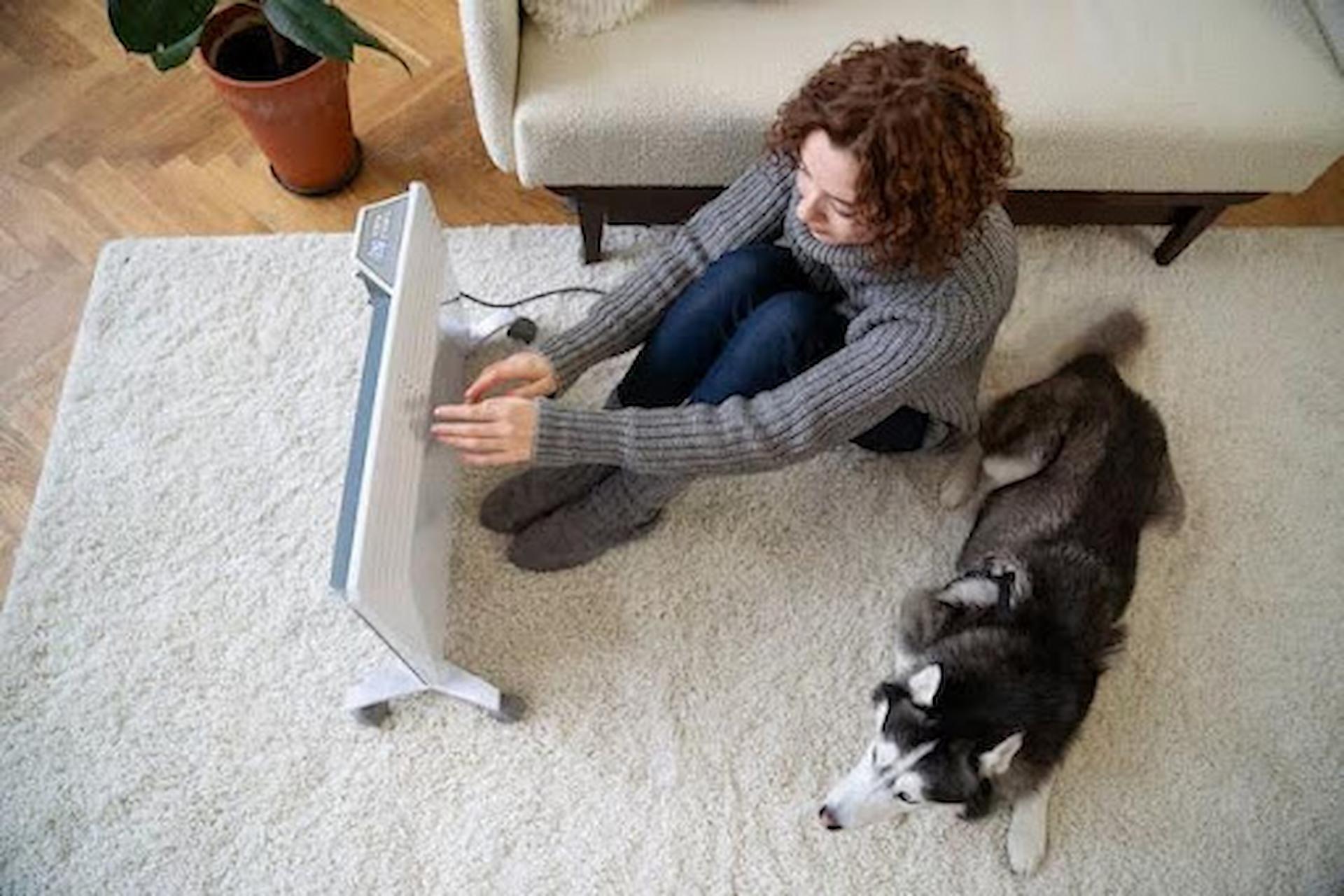
Are you wondering if an electric radiator is the right fit for your room? Discover how your layout and daily use affect performance, comfort, and energy savings.
Choosing the right heating system for your room is more than just picking something that looks good. It’s about comfort, energy use, and how well it fits your lifestyle. Many people are now exploring electric heating options because of their flexibility and ease of use. But is an electric radiator the right solution for your space? This article will guide you through key considerations such as room size, layout, insulation, and usage patterns—helping you make an informed choice.
What Is an Electric Radiator?
An electric radiator is a type of heater powered by electricity. It works by warming up a fluid or metal element inside, which then radiates heat into the room. These radiators come in a range of sizes and designs, making them suitable for many types of rooms. Unlike central heating systems, they operate independently, giving you control over individual room temperatures.
Because of this control, an electric radiator can be a good option in rooms where traditional heating systems are either unavailable or too expensive to install. They are also easy to install, often needing just a wall socket.
How Room Layout Affects Heat Distribution
Open vs. Closed Layouts
Your room layout plays a big part in how well a radiator works. Open-plan spaces may require a more powerful radiator or multiple units to spread heat evenly. On the other hand, smaller enclosed rooms retain heat better, which means a lower output unit might be enough.
Furniture Placement Matters
Large furniture like sofas or cabinets can block heat flow. If your radiator is behind a bulky item, the room may not heat evenly. It’s best to place the radiator in an open spot, ideally under a window or on a central wall, for better heat circulation.
Matching Radiator Size with Room Dimensions
Measure Before You Buy
To avoid underheating or overheating your space, measure the length, width, and height of your room. As a general rule, larger rooms require radiators with higher wattage. If you pick one that is too small, it will struggle to maintain a comfortable temperature.
Ceiling Height Counts Too
A high ceiling means more air can be warmed. If your room has a tall ceiling, consider a model with a higher output or one designed to distribute heat more widely.
Considering Room Usage
Living Room Comfort
Living rooms are used frequently and often for extended periods. You’ll want a radiator that heats up quickly but also maintains a steady temperature. Programmable timers and thermostats help manage energy consumption without wasting resources.
Bedroom Heating
Bedrooms need less heat but benefit from quiet operation. Many electric radiators offer silent or low-noise functions, which is ideal for night use. Timer functions also allow you to preheat the room before going to bed.
Kitchens and Bathrooms
Kitchens often stay warm from cooking activities. A small electric radiator may be enough, especially for winter mornings. For bathrooms, ensure the model you choose is moisture-resistant and safe for humid environments.
Insulation: A Key Factor
Poor Insulation = Higher Energy Use
Even the best radiator won’t perform well in a poorly insulated room. Heat escapes through thin walls, single-glazed windows, or unsealed doors. Before installing a new radiator, check and improve your insulation. This simple step can lower your bills and improve comfort.
Double Glazing and Draft-Proofing
Installing double-glazed windows or adding draft excluders can help keep the warm air inside. This means your electric radiator won’t have to work as hard, saving you energy and money over time.
Energy Efficiency and Running Costs
Only Heat What You Need
Electric radiators are zone heaters. You can warm just one room instead of the whole house, which helps cut costs. If you use one room more than others—like a home office or a study—this is ideal.
Smart Features Save Energy
Some models include digital thermostats, timers, and eco-modes. These tools help you avoid overheating and reduce electricity use. Over time, this can result in lower energy bills.
Wall-Mounted or Freestanding?
Wall-Mounted for Fixed Spaces
If you know the room layout won’t change, a wall-mounted radiator is a clean and safe option. It stays out of the way and can be installed at the perfect height for heat distribution.
Freestanding for Flexibility
If you frequently move furniture around or live in rented accommodation, a freestanding unit offers greater flexibility. You can place it wherever it’s needed most. Just make sure it’s not blocking pathways or furniture.
Aesthetic and Practical Considerations
Blending In with the Room
Electric radiators come in various designs, including slimline, compact, traditional, and modern. Select a design that complements your décor and doesn’t compromise your room’s functionality.
Safety for Households with Children or Pets
If you have young children or pets, consider radiators with cool-touch exteriors and safety shut-off features. This provides peace of mind while keeping the room cosy.
When an Electric Radiator May Not Be Suitable
Larger Homes with Central Heating
If you have an efficient central heating system already in place, adding electric radiators may not be cost-effective unless you’re targeting specific cold spots or rarely used rooms.
High Electricity Prices
In regions where electricity is expensive, electric heating can become costly over time. In such cases, gas or oil-based systems might be more economical for whole-house heating.
Seasonal Use and Occasional Rooms
Ideal for Guest Rooms or Garden Offices
If you only need heat in a room occasionally—like a guest bedroom, conservatory, or converted garage—an electric radiator is a practical solution. There’s no need to connect it to the main system, and you only use it when necessary.
Great for Holiday Homes
In second homes or holiday cottages, an electric radiator can prevent pipes from freezing in winter and provide quick heat when you visit.
Installation and Maintenance
Simple to Set Up
Most electric radiators require no plumbing. You just mount them and plug them in. Some advanced models may need an electrician for installation, especially if they are hardwired.
Easy to Maintain
Electric radiators have fewer moving parts. This means fewer things can go wrong. Just keep them dust-free and check for any signs of damage or wear.
Summary of Key Considerations
- Room layout affects heat flow. Avoid blocked radiators.
- Room usage determines output needs—bedrooms require less, while living rooms require more.
- Insulation quality has a direct impact on efficiency and comfort.
- The electric radiator size must match the room dimensions.
- Energy-saving features, such as timers and thermostats, are helpful.
- Wall-mounted units are ideal for permanent setups. Freestanding ones offer flexibility.
- Simple setup and low maintenance make them practical.
Conclusion
An electric radiator can be a great heating solution—if chosen wisely. It suits many room layouts and usage needs, especially where traditional systems fall short. By understanding your room’s dimensions, insulation, and how the space is used daily, you can make an informed decision. Consider the energy-saving features, safety functions, and ease of installation as well. With the right unit in the right place, you can enjoy comfort, control, and efficiency all winter long.





